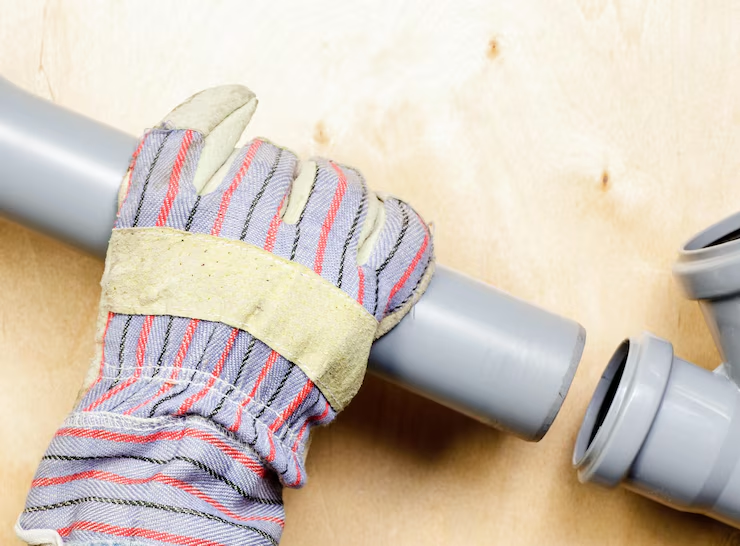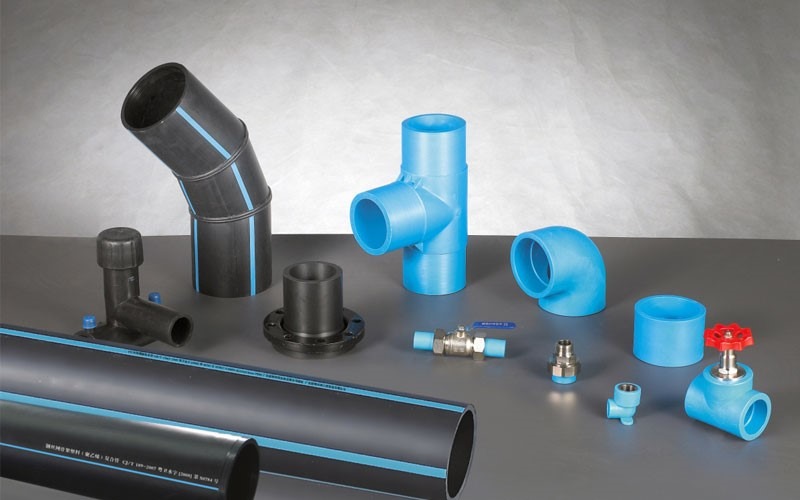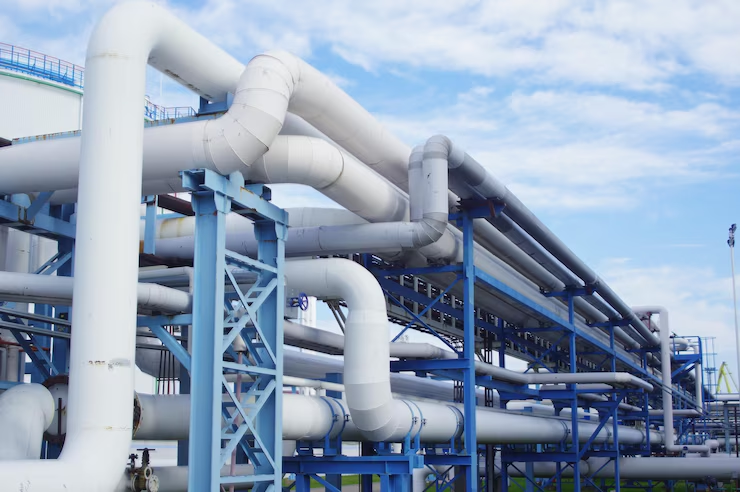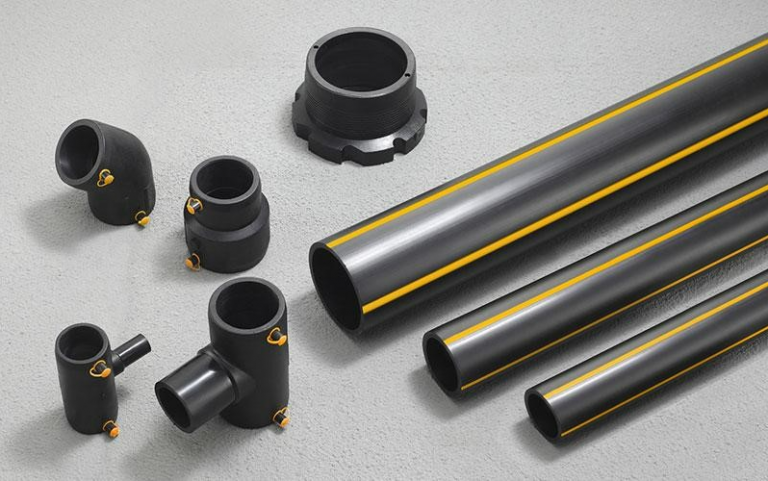TEL
Back

Search
Removing pipe fittings is an important step during old pipe replacements, changing piping layouts, or correcting operational errors. In plastic systems, glued joints are common, but they are not easy to remove, unlike threaded connections. This is because the pipe glue melts the surfaces of the pipes and fittings, allowing the molecules from both parts to interpenetrate and fuse together. As a result, they solidify into a unified whole, achieving a secure seal and robust connection.
Incorrect pipe removal process can crack the pipe, damage nearby fittings, or make the entire section unusable. That is why understanding how to remove glued plastic pipes is essential, as it helps prevent unnecessary damage, saves time, and makes the overall process far more efficient.
Let's see how to remove glued plastic pipes correctly:

(Copyright photo from: https://www.freepik.com/premium-photo/sewage-installation_39970748.htm)
Can you unbond pipe fittings? The answer is yes if you take care of the following steps:
Always start the plastic pipe repair process by shutting off the water. If there is any pressure left in the system, open a tap to release it. Dry the area completely and wipe away dirt or grime. This way, you will have a clean and safe view of the pipe.
Next, get your tools in place before starting installation. Some of the important tools you will need include a pipe cutter, a hot air gun, pipe wrenches, sandpapers, masks, safety gloves, goggles, and a rag. Now let's have a look at different methods of separating glued pipe”:
This is often the most practical solution when you don’t need to save the fitting or the surrounding pipe. Plastic fitting is relatively soft and costs less.
So, how to remove glued plastic pipe using the cutting method? First, measure the pipe length in advance to facilitate subsequent reconnection with new fittings if needed. Then, use a pipe cutter or fine-toothed saw to carefully cut along the fitting edge, ensuring a straight cut and avoiding damage to adjacent pipes. Last, remove any burrs and residual adhesive at the cut using sandpapers.
When preserving the fitting is important, applying heat can loosen the bond created by the solvent glue. A hot air gun works well for this purpose. Use this pipe removal method in well-ventilated areas only, as heating certain pipe materials may release hazardous gas during heating.
First, hold it a few inches away from the joint and move it slowly around the area to distribute heat evenly. Within several minutes, the glue begins to soften, and the plastic becomes flexible. At that point, you can use pliers or rotate and pull the fitting out slowly by hand. Be careful not to overheat the pipe material, as excessive heat may burn or deform the joint, making it unusable.
Twisting the fitting is another method that can work well if the glue is not fully bonded or if the joint has weakened over time.
Use two pipe wrenches or a wrench and a vise to grip both ends firmly. Apply steady and controlled torque to try and break the seal. This approach is most effective when used after some sort of heating, as the softened glue makes it easier to twist the pipe free. Avoid forcing the pipe too hard, as plastic can crack easily under uneven stress, especially near a bonded joint.
Implementing proper safety measures during the plastic pipe repair process can prevent injuries, poisoning, or damage to the piping system. How to remove glued plastic pipe safely? Let's see:
Before you begin, put on gloves, masks, and safety goggles. Gloves protect your hands from sharp pipe edges and high heat, particularly while cutting or using a hot air gun. Wearing a mask helps avoid inhaling plastic dust and gases emitted during heating. Goggles are just as important as even small pieces of plastic or adhesive can fly off quickly and cause injury if you are not protected.
Another important precaution to consider in how to unglue pipes is to properly ventilate the working area. When glued plastic is heated, it can release fumes that are unpleasant and harmful. Open windows or use a fan to keep the air moving. If you are in a tight space, take breaks and avoid standing too long near the heated area.
If you plan to reuse any part of the pipe or fitting, inspect it closely. Look for signs of heat distortion, cracks, or weakened material near the joint. After installation, perform a water pressure test to check for leaks. A PVC pipe reusable connection that seems fine at first glance can still leak later if it has been overstressed. If you are unsure about the integrity of the pipes, it is safer to replace them.

Choosing high-quality and reliable pipe materials is crucial when removing and replacing plastic pipes. LESSO is a well-established pipe and fitting manufacturer with a wide product range for residential construction, municipal infrastructure, and agriculture projects.
Our product lineup includes options for water supply, drainage, gas, and many other purposes. Whether you need to replace old pipes or modify pipelines—be it PVC, PPR, or HDPE—you can contact LESSO for a customized solution.
With over 30 production bases and an expanding global footprint, we are known for delivering a high volume of reliable, well-engineered products. Backed by 3000+ patents and a robust research and development network, we continue to invest in innovation, and that is one of the primary reasons why our products continue to stand out in the market.
Removing glued plastic pipes is not complicated if you use the right method and take proper safety steps. With careful preparation, the right tools, and quality replacement materials like LESSO pipes and fittings, you can complete the job efficiently and avoid future problems. Contact LESSO now for high-quality plastic pipes!



